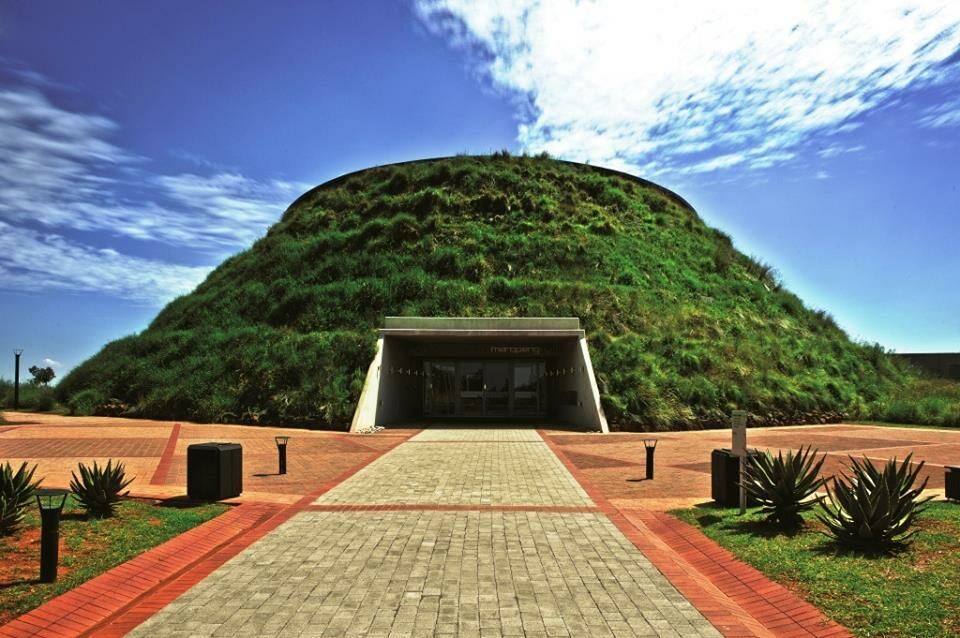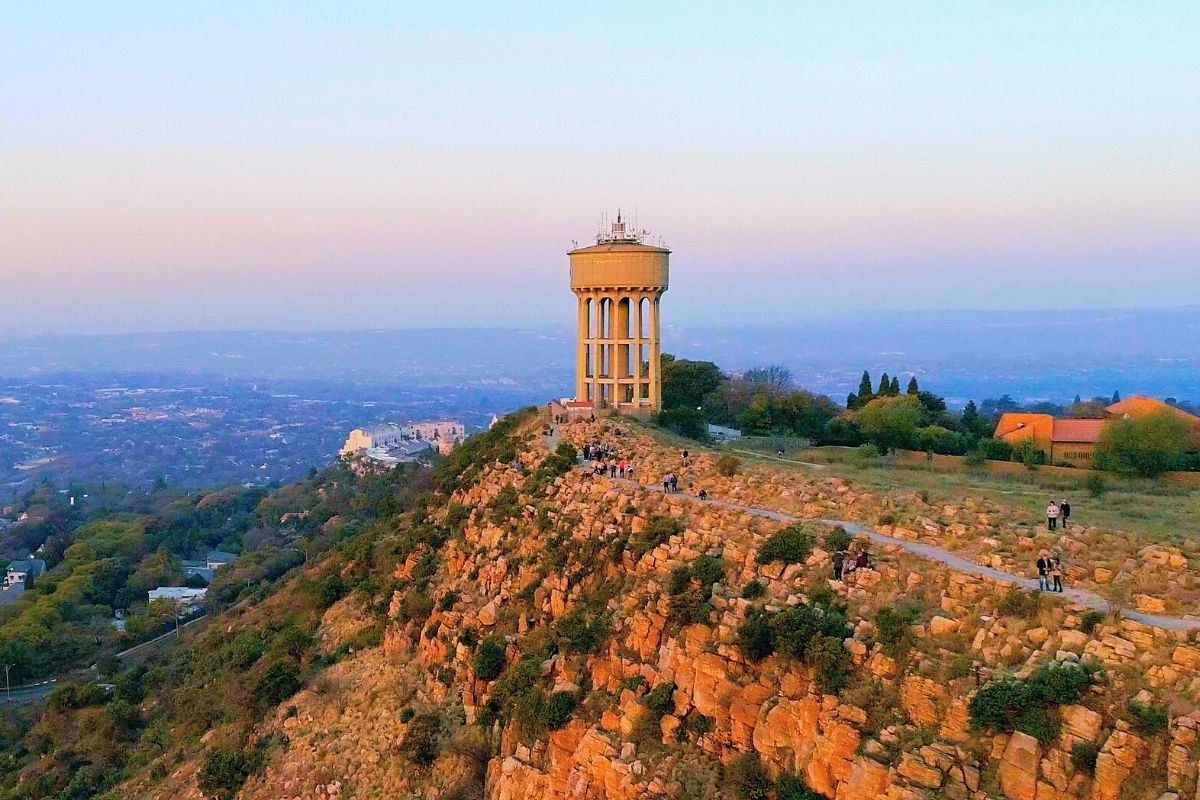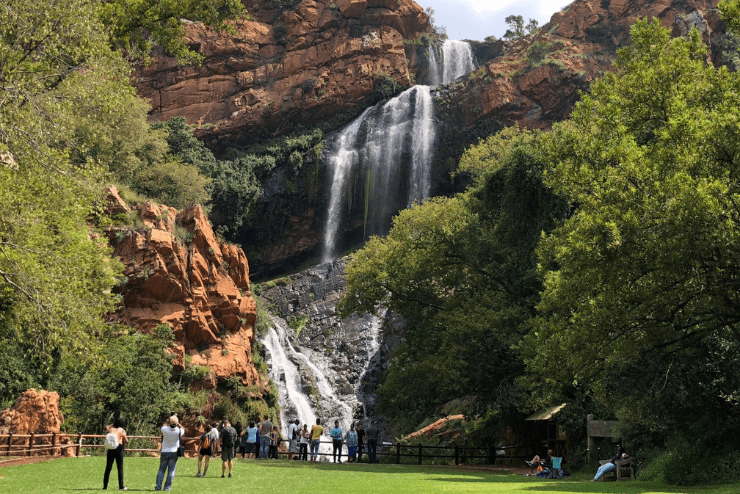8 Simple Techniques For Johannesburg North Attractions
Table of ContentsThe Johannesburg North Attractions IdeasSome Known Details About Johannesburg North Attractions 8 Easy Facts About Johannesburg North Attractions DescribedMore About Johannesburg North AttractionsThe Buzz on Johannesburg North AttractionsHow Johannesburg North Attractions can Save You Time, Stress, and Money.7 Simple Techniques For Johannesburg North Attractions
Nonetheless you ought to keep protection in mind and vacationers should continue to be alert at all times when in unknown surroundings. Talk to the residents when you are in community to learn about the area you are remaining in. Johannesburg North attractions. When on the street (this doesn't relate to shopping malls and various other safe settings) finest basic guidance is to attempt your best to resemble a local and to prevent presenting any type of kind of wealth
Facts About Johannesburg North Attractions Uncovered
Teacher Revil Mason O. J. (Thomson, 1946) explored the Witwatersrand's pre-colonial history. His historical job took off the 'em pty land' misconception, according to which the area was lacking human habitation before the arrival of European settlers. In his magazines Prehistory of the Transvaal: A Document of Human Task (1962) and Beginnings of Black People of Johannesburg and the Southern Western Central Transvaal AD 3501880 (1986 ), Professor Mason showed the degree of social and financial growth in the location before Europeans set foot below.

Fascination About Johannesburg North Attractions
He acted with the government's consent, approved after he had actually testified maintain his discoveries trick. In 1874, small mining operations were started in the Magaliesberg, where an Australian, Henry Lewis, had uncovered gold deposits. In 1878, David Wardrop found gold in quartz blood vessels at Zwartkop, north of Krugersdorp. In 1881, Stephanus Minnaar encountered gold on the farm Kromdraai, near the Cradle of Humankind.
In March 1886, an outcropping (soon to be called the Main Reef) was located, quite luckily, on Gerhardus Oosthuizen's farm Langlaagte. Some state that the Lancastrian coal miner George Walker found this reef. An additional travelling English miner, George Harrison (who had actually previously worked in Australian mines) obtained a prospecting licence in respect of Langlaagte in Might 1886.
He made a decision to proceed in a pursuit for greener pastures, and disposed of his Langlaagte insurance claim for the handsome sum of 10. Alas: below lay the richest goldfield ever found. The discovery of this rich auriferous reef provoked a gold rush that signalled the end of bucolic tranquillity in the southern Transvaal.
It would, within six years, end up being the biggest community in southerly Africa. Within a years, it would make the Z. A. R. until then an anarchical and insolvent little state the richest nation in Africa. By the millenium, the Z. A. R. was to exceed Russia, Australia and the USA of America to end up being the world's leading gold manufacturer, creating even more than a quarter of the world's gold.
The Johannesburg North Attractions Diaries
It was called Ferreira's Camp, called after Colonel Ignatius Ferreira. He was a Boer adventurer upon whom the British authorities had presented the condition of Companion of one of the most Identified Order of St Michael and St George (entitling him to the post-nominal letters C. M. G.) in appreciation for his role in the battle that had visit the site deposed the Pedi king Sekhukhune in 1879.
Quickly the camp was bursting with camping tents and wagons as novices showed up daily from everywhere. By September 1886, some 400 individuals resided in Ferreira's Camp, which quickly flaunted upraised iron and hardwood buildings. 2 various other camps were developed: Meyer's Camp on the farm Doornfontein, and Paarl Camp. The latter was nicknamed Afrikander Camp; lots of individuals from the Cape Nest worked out there.

8 Simple Techniques For Johannesburg North Attractions
This name got currency by word of mouth, such that the State Secretary verified the name to the Mining Commissioner on 9 October 1886. Stands in the village were auctioned on 8 December 1886. While some stands were offered for 10, others were knocked down for just sixpence.
Two years later on, these erven were to change hands for as high as 750 each. The tented camps diminished as a dorp of corrugated iron buildings created and broadened north of the mines located along the Key Coral Reef Road. Locations such as Jeppe's Town (where working-class immigrants erected their residences) and anonymous Doornfontein (where the upscale brand-new 'Randlords' began to create their opulent houses) were quickly added to the ever-expanding map of the town.
3 Simple Techniques For Johannesburg North Attractions
In addition to the street names, there were no indicators of Johannesburg being situated in a Dutch-speaking nation. Several years later, C. W. Kearns O. J. (one of the initial children registered at St John's University in 1898) would certainly remember: 'An unusual truth regarding Johannesburg was that, although it remained in the [Boer Republic], virtually everybody talked English and even the Federal government slaves dealt with one in English, unless they were initial dealt with in the Taal (or Reduced Dutch)'.
Britain had a rate of interest in making sure ideal problems for gold production on the Witwatersrand, and that the gold was exported to London rather than Berlin an imperative rendered all the more clamant by the Z. A. R.'s boosting toenadering with Germany. Mine proprietors got on a clash with Head of state Kruger, whose policy of monopolistic concessions (commonly approved to his cronies) avoided mining companies from procuring products of materials (particularly dynamite) and labour by themselves, less costly terms
The smart Trick of Johannesburg North Attractions That Nobody is Discussing
In 1890, the Volksraad had limited the franchise to white guys who had actually stayed in the Z. A. R. for fourteen years or longer, thus disqualifying many of the immigrants (that occurred to be the significant contributors to the fiscus). Nonetheless, agitation for the ballot was a mere pretext for advertising a different program; most uitlanders concerned themselves as short-term site visitors and had no intention of continuing to be in the Z.